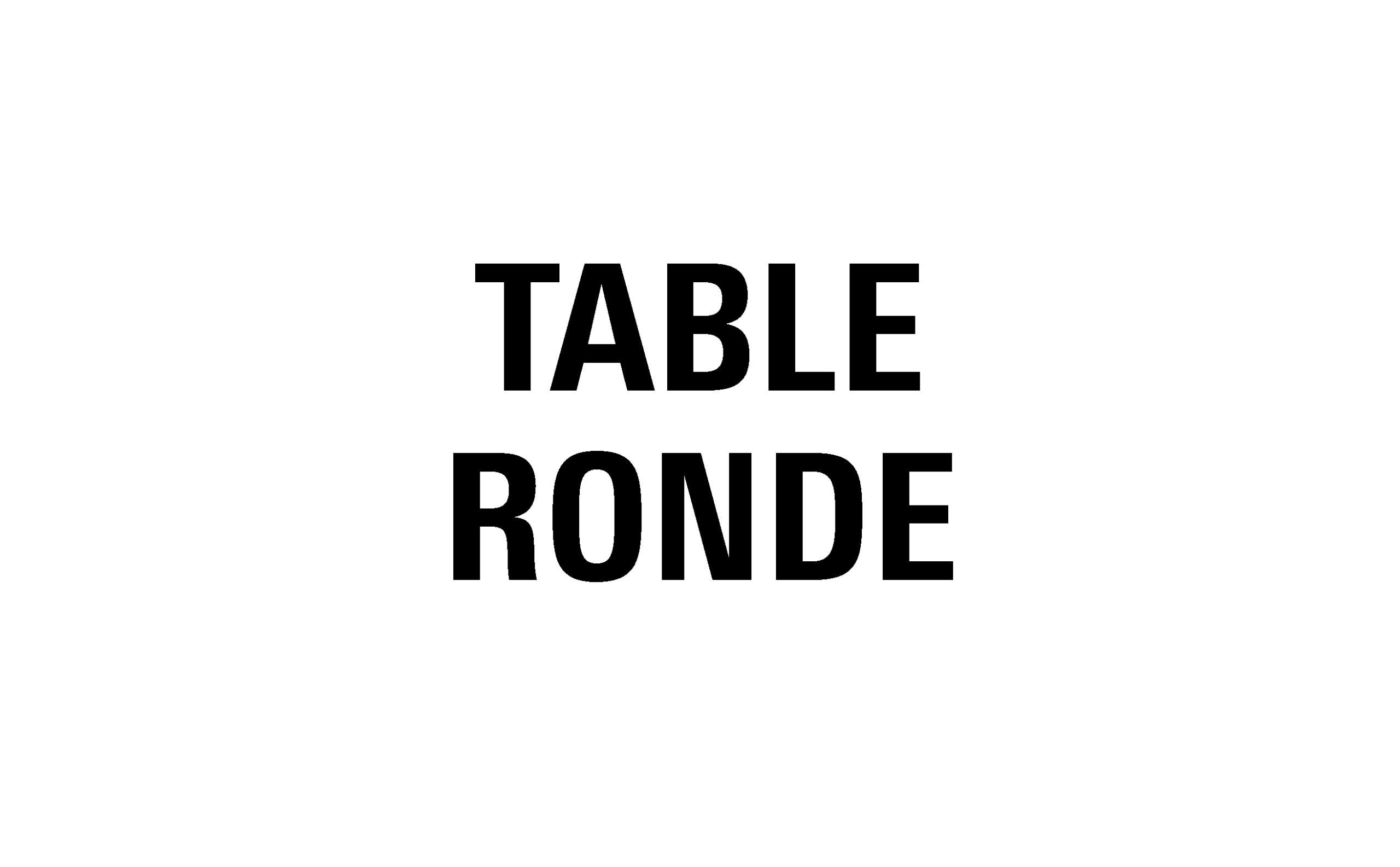Édition 2023
Each year, Cinéma du réel ponders upon the state of the documentary, its forms, its developments and the approaches of its filmmakers. This is what lends the festival its exploratory side, making it an ongoing research project. In addition to the screening of this flourishing contemporary international documentary cinema, Cinéma du réel invites us to experience the world and cinema through a plethora of gazes on the world, a plurality of documentary practices and visions other than our own. Because cinema passes from the filmmaker’s mind to the mind of the spectator, it is an art of connivance, even collusion, between filmmaker and spectator, who experiences another imaginary, a universe other than his or her own. But this experience – which is also that of the other or rather the distance separating him or her from me – is singular inasmuch as it also reminds us that we all inhabit the same world. A world to watch without being blinded by the continuous flow of events. And it is perhaps through films that disturb, upend imaginaries, confront other desires, other aspirations, other dreams, that a discontinuity occurs in the inexorable unfolding of real-world events. This discontinuity, which questions, surprises, resists, delights, is what helps us to avoid being blinded and to look at our contemporaries. This is our invitation to the audiences of Cinéma du réel. Catherine Bizern
-
-
Competition
The festival features world, international, or French premieres of the most outstanding international documentary productions as well as world premieres putting the spotlight on the French documentary scene.
-

ADIEU SAUVAGE
Sergio Guataquira Sarmiento
-
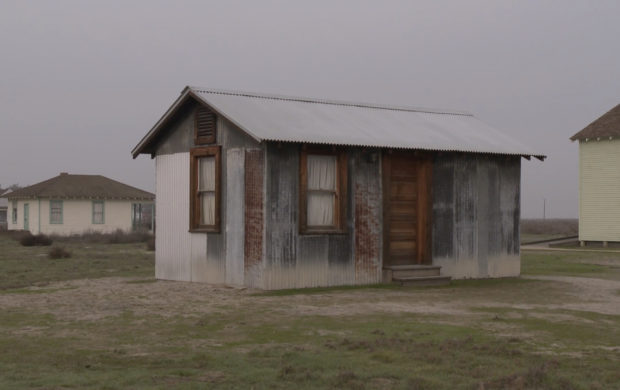
ALLENSWORTH
James Benning
-
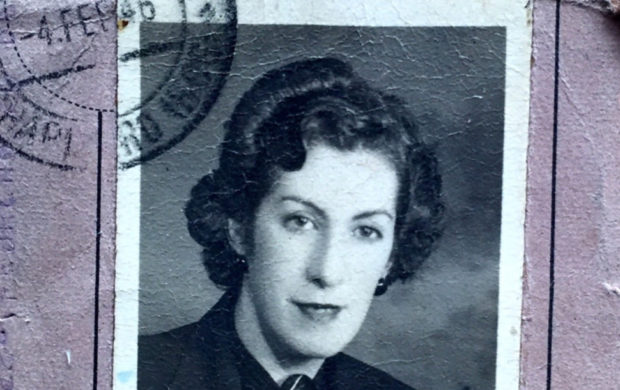
ANA ROSA
Catalina Villar
-
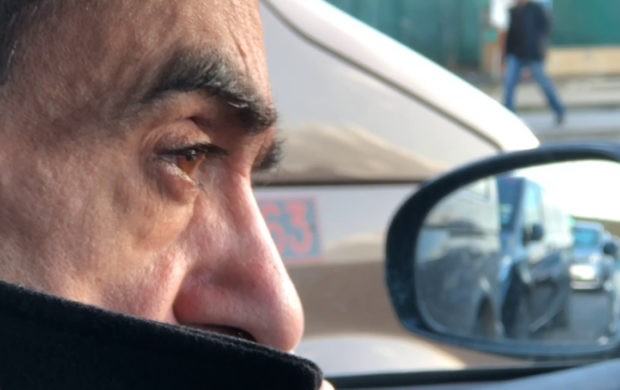
LA BASE
Vadim Dumesh
-

BEING IN A PLACE: A PORTRAIT OF MARGARET TAIT
Luke Fowler
-
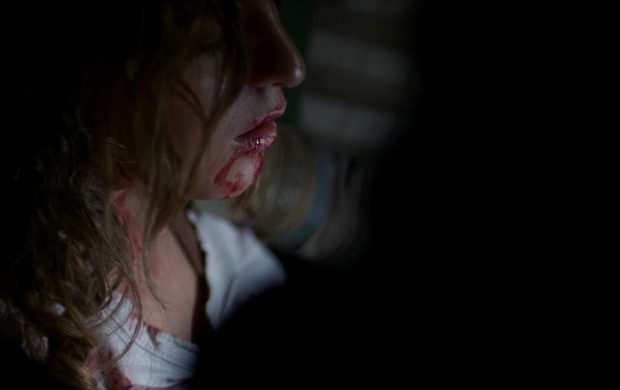
BLOODHOUND
Yamina Zoutat
-

BRAZZA, CHRONICLE OF A WASTELAND
Antoine Boutet
-
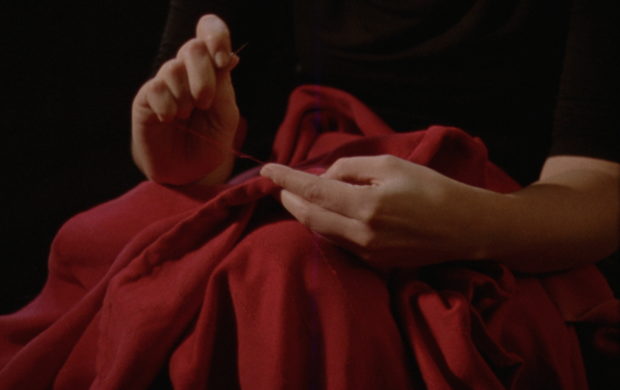
CIOMPI
Agnès Perrais
-

COCONUT HEAD GENERATION
Alain Kassanda
-

EL CHINERO, A PHANTOM HILL
Bani Khoshnoudi
-

EVENTIDE
Sharon Lockhart
-

EXTENDED PRESENCES
Margaux Dauby
-

THE FILM YOU ARE ABOUT TO SEE
Maxime Martinot
-

FORMS OF FORGETTING
Burak Çevik
-
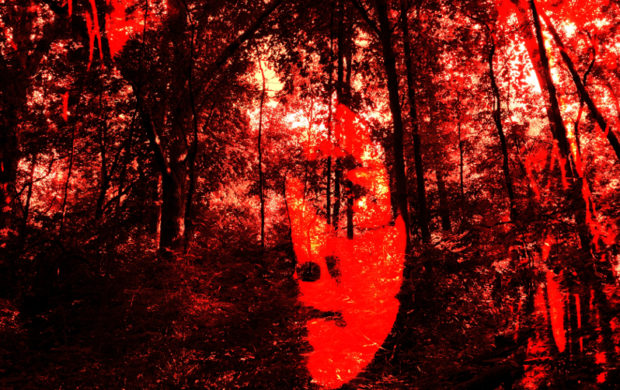
THE FUCKEE'S HYMN
Travis Wilkerson
-
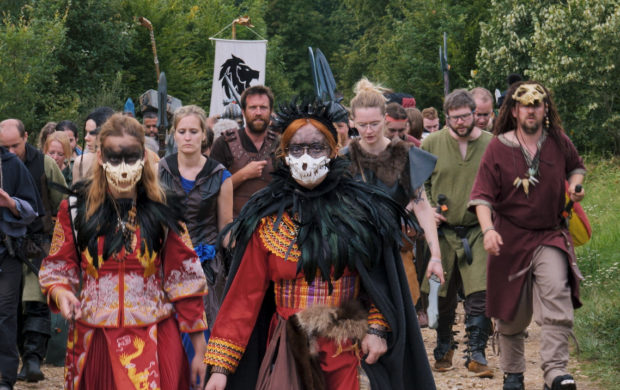
GRANDEUR NATURE
-
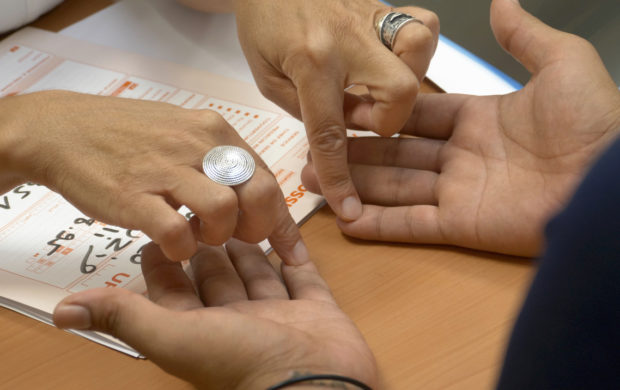
I DON'T KNOW WHERE YOU WILL BE TOMORROW
Emmanuel Roy
-
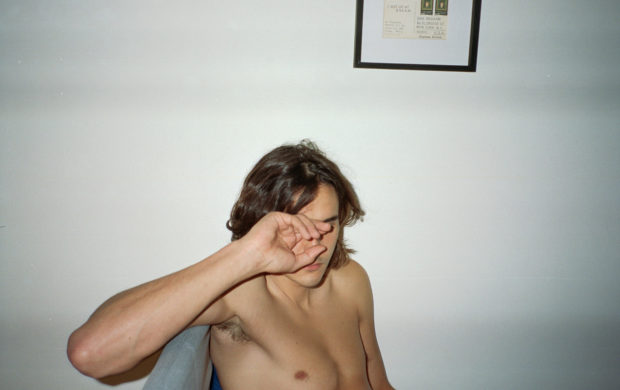
I GOT UP AT 8:59 AM OCT. 19 2021
Pierre Bal-Blanc
-

IF YOU DON'T WATCH THE WAY YOU MOVE
Kevin Jerome Everson
-

INFINITE DISTANCES
Pablo Alvarez-Mesa
-

JOURNEY TO THE LAKE PART 1 - TILL TOMORROW
Emmanuelle Démoris
-

JOURNEY TO THE LAKE PART 2 - SO FAR
Emmanuelle Démoris
-

JOURNEY TO THE LAKE PART 3 - TO THE ISLAND
Emmanuelle Démoris
-
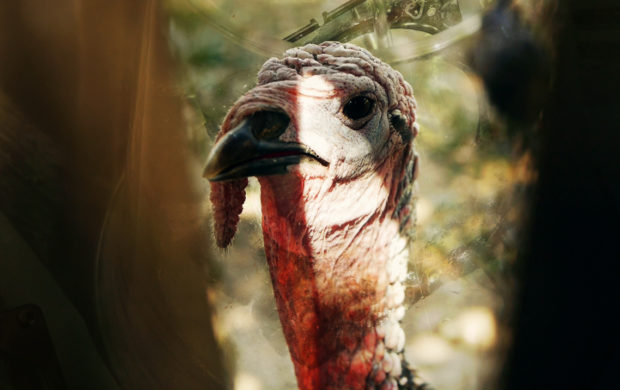
KAISERLING III
Philippe Rouy
-
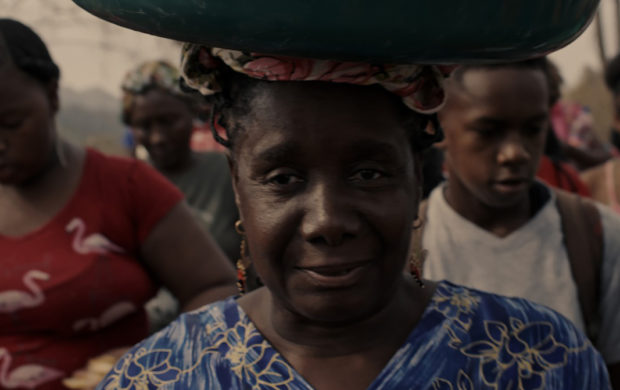
LA BONGA
Sebastián Pinzón-Silva
Canela Reyes
-
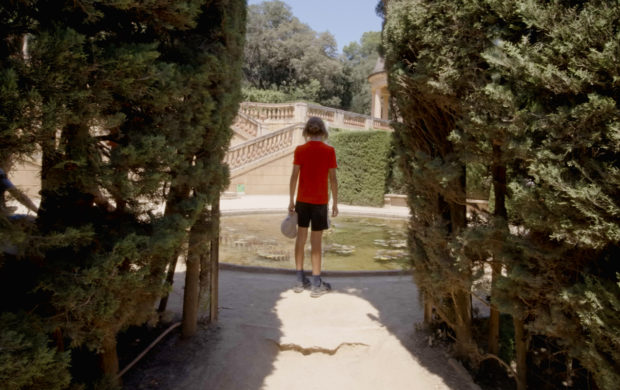
LABERINT SEQUENCES
-

LAST THINGS
Deborah Stratman
-

MANGOSTEEN
Tulapop Saenjaroen
-
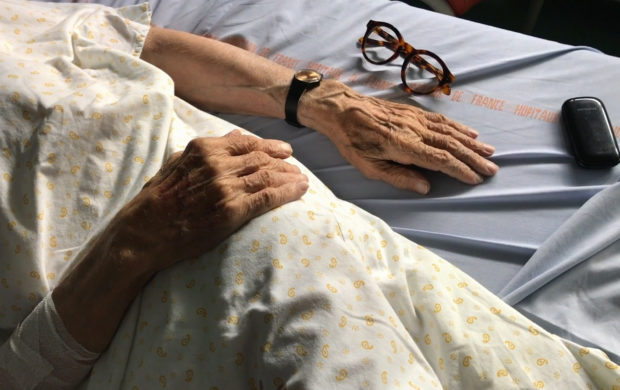
MENSCH
Dominique Cabrera
-

NAVIRE EUROPE
Marina Déak
-
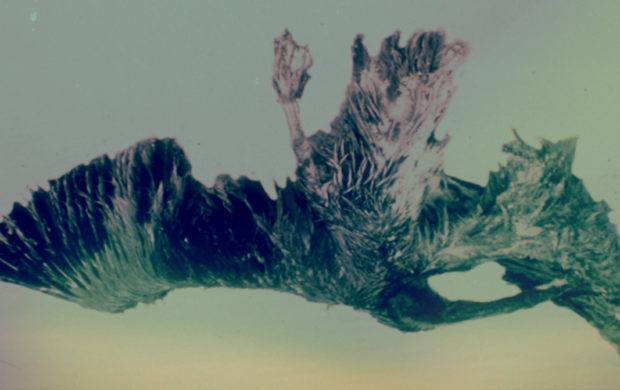
THE NEWEST OLDS
Pablo Mazzolo
-
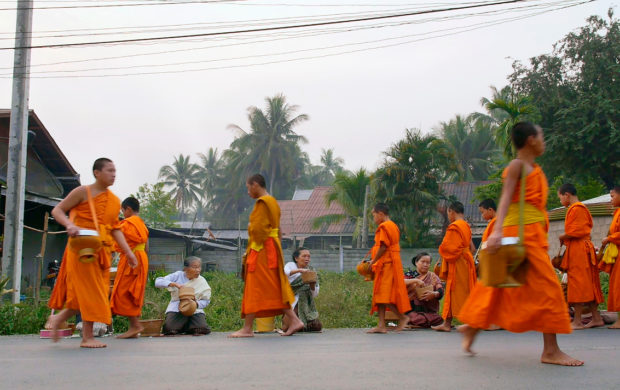
ONLOOKERS
Kimi Takesue
-
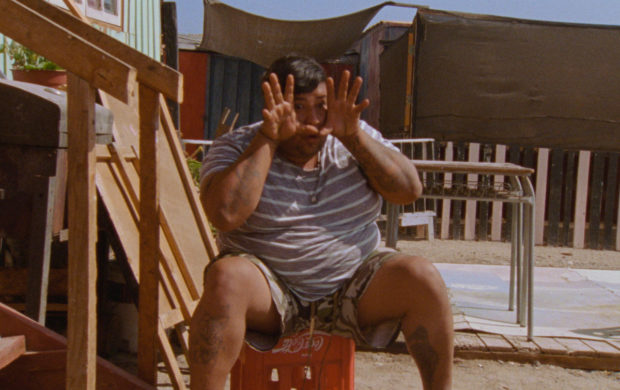
OTRO SOL
Francisco Rodríguez Teare
-
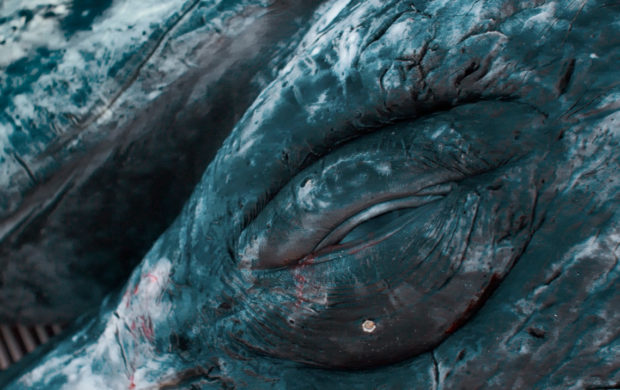
PIBLOKTO
Anastasia Shubina
Timofey Glinin
-
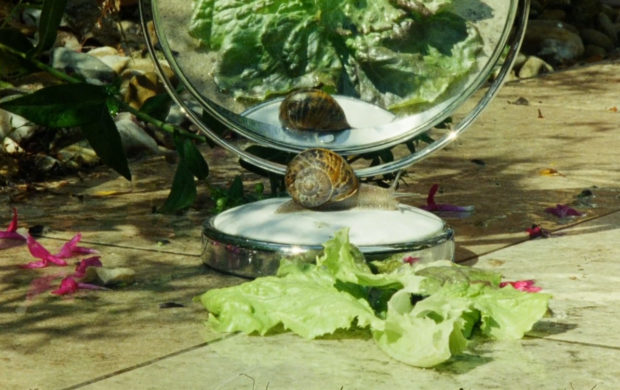
SAINTONGE ROUNDABOUT
Quentin Papapietro
-
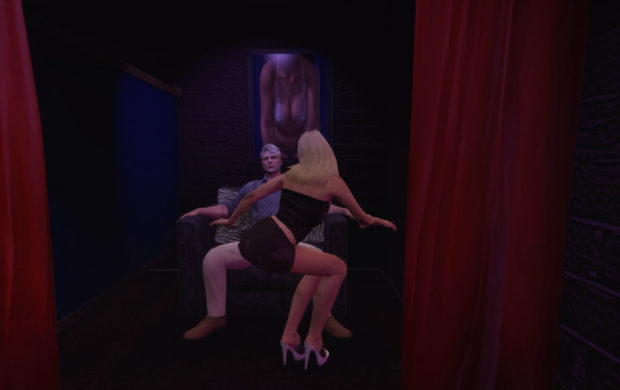
SANDBOX
Charlotte Cherici
Lucas Azémar
-

THE SECRET GARDEN
Nour Ouayda
-
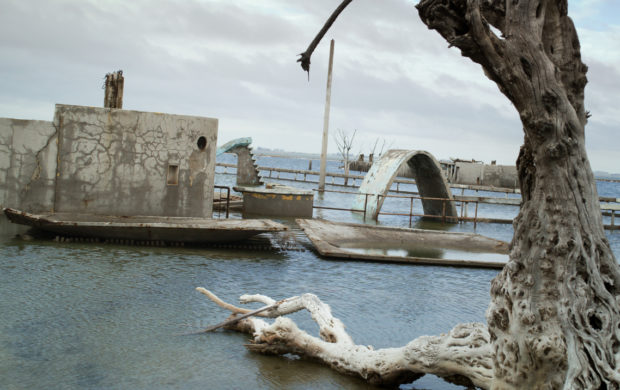
SLAUGHTERHOUSES OF MODERNITY
Heinz Emigholz
-

SOUVENIR D'ATHÈNES
-
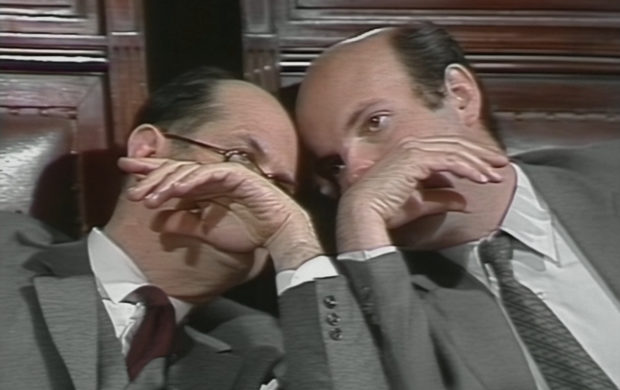
THE TRIAL
Ulises de la Orden
-

UN CŒUR PERDU ET AUTRES RÊVES DE BEYROUTH
Maya Abdul-Malak
-
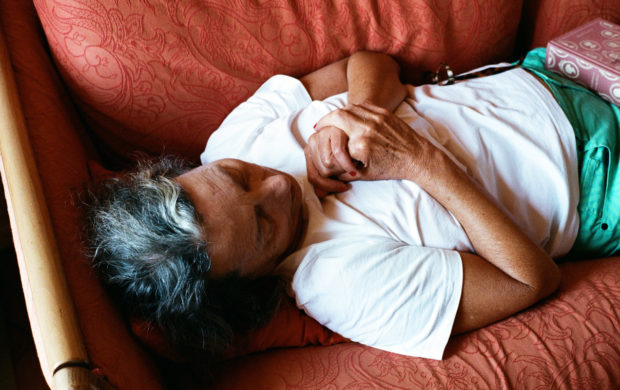
UP THE RIVER WITH ACID
Harald Hutter
-

WHY THE LONG COFFEE?
Philippe De Jonckheere
-
-
-
First Window
Showcasing a selection of first films, this section is also dedicated to putting the spotlight on emerging practices. Exploring new trends, this programme is co-curated by the art direction team and Clémence Arrivé, in collaboration with a group of students who make up the selection committee.
The films are shown in theatres over the course of the festival, giving young filmmakers the opportunity to meet with the audience. They are also available online on a dedicated section of the Mediapart website, where visitors can vote for their favourite film.
-

CAPSULES / PORTRAITS #3
Jules Bourbon
-

CHÈRE POULE
Janis Reyes
-

HEART DEFENSE
Baptiste Perusat
-

MEMORIES OF STONE FACES
Andrea Bordoli
-
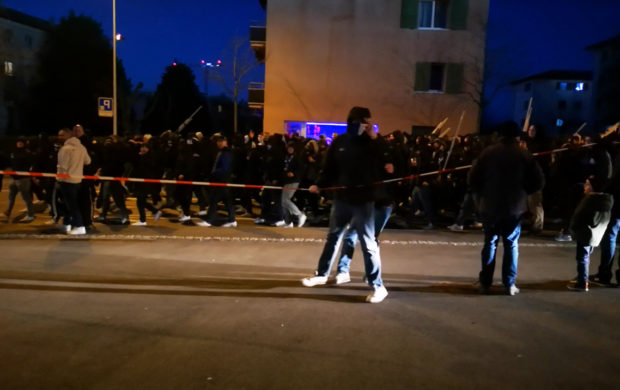
MONSTRUO
Marcello Balzaretti
-
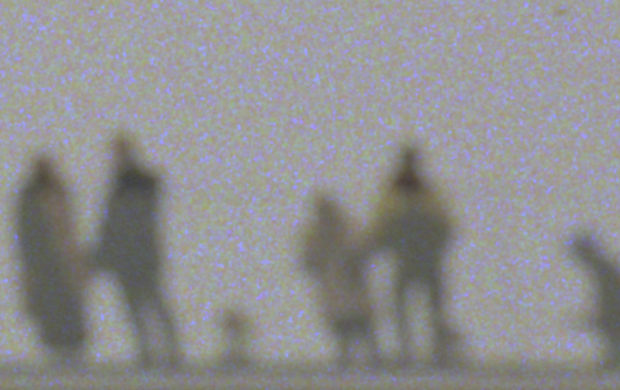
NOBODY IS COMING
Georgia Panagou
-

PROOF
Ardélia Istarú
-

QUITTER CHOUCHOU
Lucie Demange
-
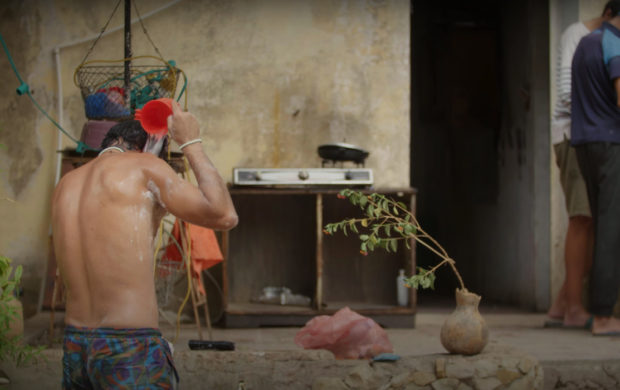
RAI RAYI
Walid Cheikh
-
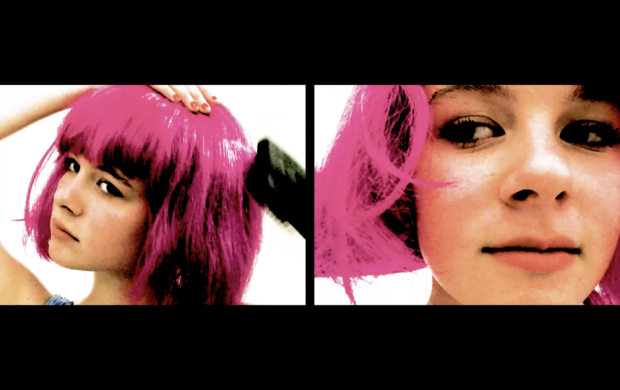
ROMY
Mahaut Guillon
-
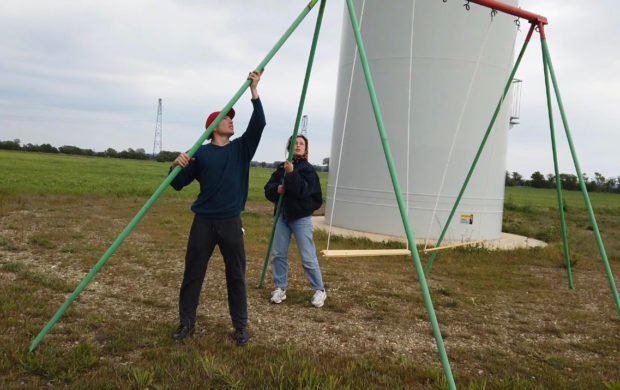
THIS IS THE ART I WANT TO DO
Lila Schpilberg
-
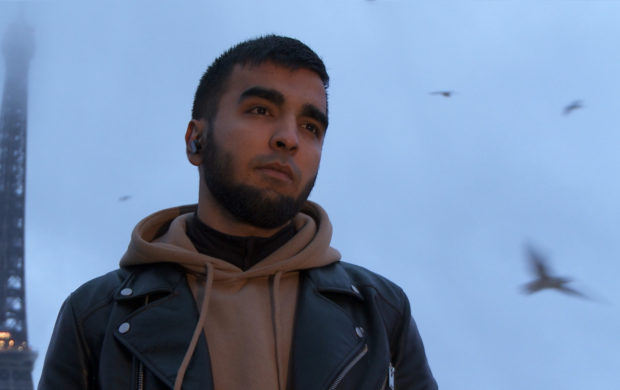
WHAT DO I LOOK LIKE
Adèle Shaykhulova
-
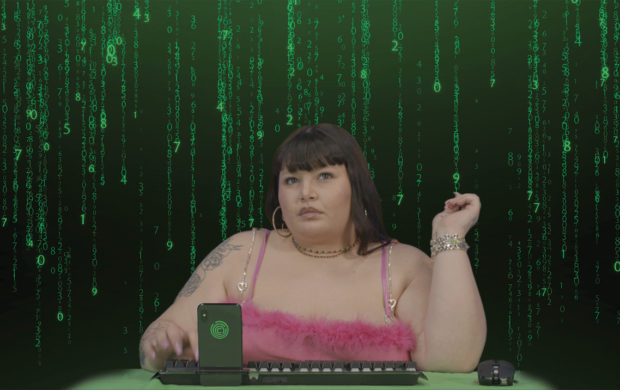
WHATREMAINS, GENESIS
Lou Fauroux
-
-
-
Special screenings
Opening night and closing night, sneak previews and French premieres of films acclaimed in the biggest international festivals: every day, these special events bring together viewers and filmmakers and offer an exclusive chance to explore the most talked-about films of the moment.
These special events are also an opportunity to indulge in other experiences, with hearing sessions showcasing documentary and fiction radio pieces in collaboration with France Culture, and inclusive screenings for people with disabilities designed to tackle the question of self-image and how it can be reclaimed. Over the course of the festival, as viewers go from one screening to the next, these events are also a chance to slip into a different pace: by seeing Amos Gitaï’s House trilogy in three sittings or in one afternoon, in a nod to the same-titled play recently created by Gitaï at the Théâtre de la Colline; by discovering Mehran Tamadon’s two latest films back-to-back to better grasp their full extent; and by joining in the three-part celebration of the work of Jean-Louis Comolli—in memory of the man, of the thinker, and of the filmmaker.
-

A HOUSE IN JERUSALEM
Amos Gitai
-

AL-CHATEE ALAKHAR
Maher Abi Samra
-
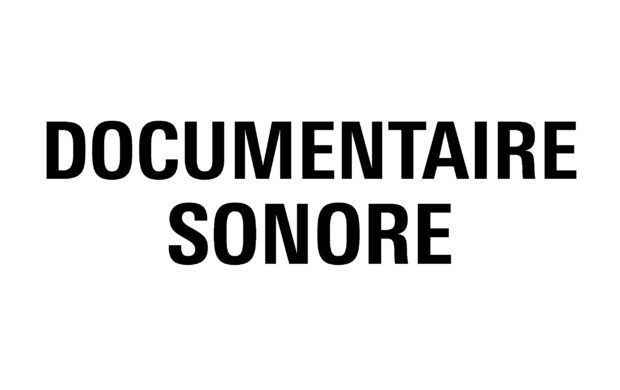
AU FOND DE LA MINE
Johanna Bedeau
-

LE FLEUVE N'EST PAS UNE FRONTIÈRE
Alassane Diago
-
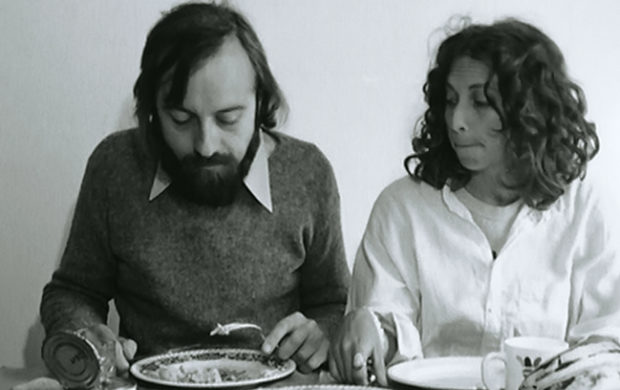
GENÈSE D'UN REPAS
Luc Moullet
-
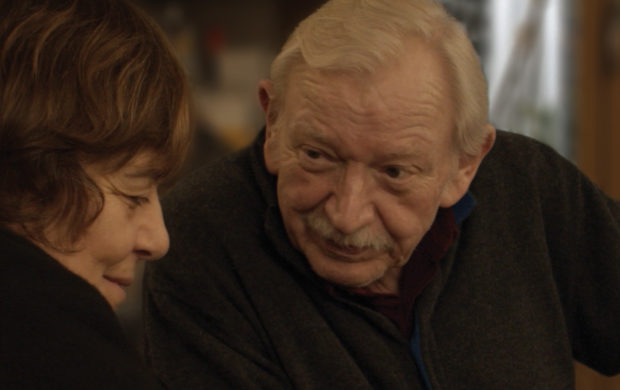
HI MISTER COMOLLI
Dominique Cabrera
-

HOUSE
Amos Gitai
-

JEAN-LOUIS COMOLLI, UTOPIA AND CINEMA
-
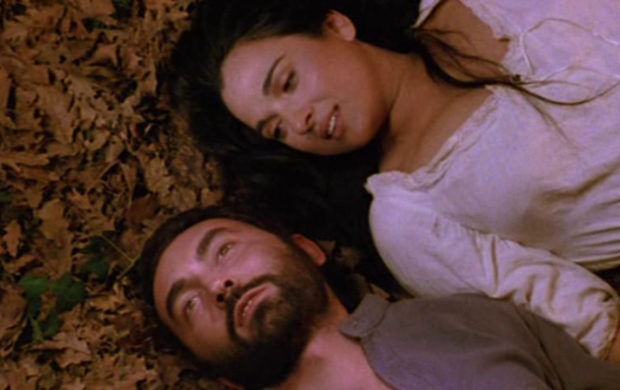
LA CECILIA
Jean-Louis Comolli
-
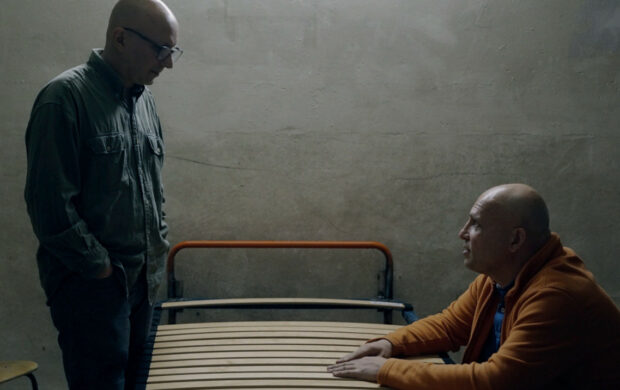
LÀ OÙ DIEU N'EST PAS
Mehran Tamadon
-
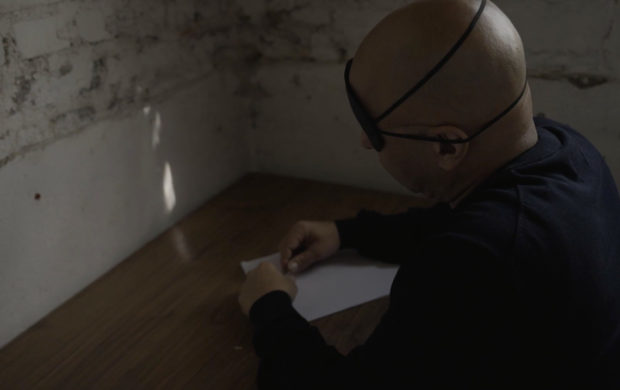
MON PIRE ENNEMI
Mehran Tamadon
-
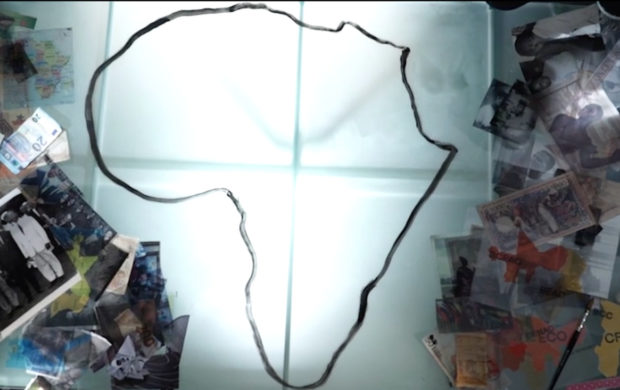
MONEY, FREEDOM, A HISTORY OF THE CFA FRANC
Katy Lena Ndiaye
-

NEWS FROM HOME / NEWS FROM HOUSE
Amos Gitai
-

NOTRE CORPS
Claire Simon
-
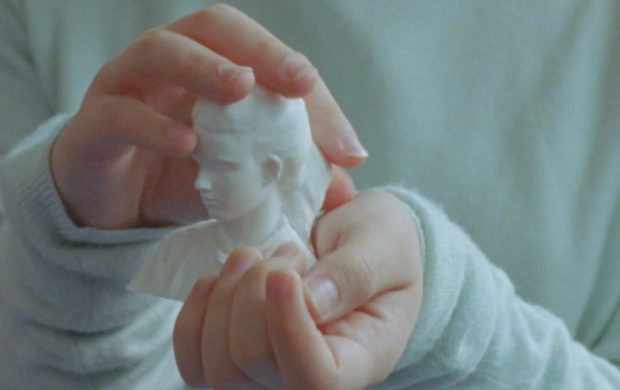
OF DREAMS IN THE DREAM OF ANOTHER MIRROR
Yunyi Zhu
-
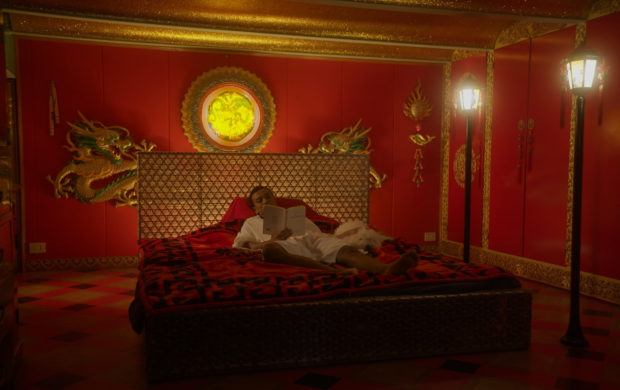
ORLANDO: MY POLITICAL BIOGRAPHY
Paul B. Preciado
-

THE OTHER PROFILE
Armel Hostiou
-
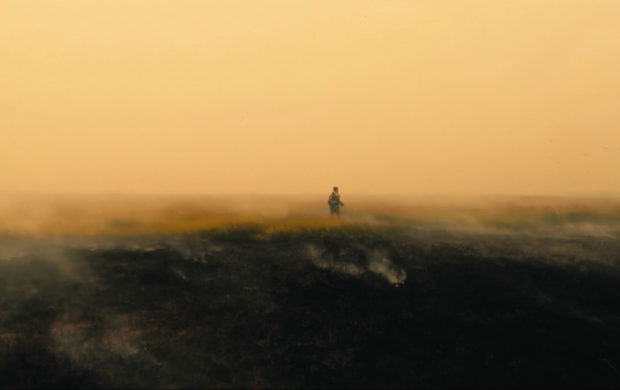
PARADISE
Alexander Abaturov
-

ROSE VALLAND, HÉROÏNE DE L’OMBRE
Pascal Deux
-

THE SOILED DOVES OF TIJUANA
Jean-Charles Hue
-
-
-
Popular front(s)
THE SPIRIT OF THE EARTH
“It is because the out-of-control and death are now the order of the day that everything is still to come: the creativity of human beings who are trying to recompose their world.” With these words from her book Les Âmes sauvages, Nastassja Martin invites us to invent ways of living that reconfigure our relationship to life, our ties with others and with nature. While this involves creativity and invention, it also means dropping the paradigm of economic exploitation – be it through farming, tourism or industry – that is depleting resources and destroying the living.
Since 2019 the Popular Front(s) has focused precisely on the way that we inhabit the world, convinced that cinema and the festival together are a possible space for our commitment and our reflection. The films screened this year compel us to face up to the catastrophe of a civilisation that is precipitating human and non-human forms of life towards the abyss. They also enable us to envisage different ways of conceiving our relationship to life, our ties with others and the earth.
Siding with the spirit of the earth means not only questioning what enables a living environment to live a good life, but also what is threatening it, and makes life difficult. It means considering nature as a living entity that man is part of. It is on these issues and the way of rendering this belonging that we will be welcoming the filmmakers to share their experience at a round table on Saturday 1 April, to close this programme.
-

A TASTE OF WHALE
Vincent Kelner
-
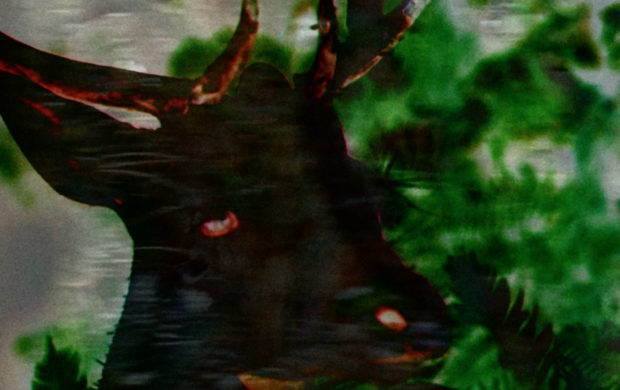
ANIMAL MACULA
Christophe Cognet
-

GEOGRAPHIES OF SOLITUDE
Jacquelyn Mills
-

OPENING THE WAY TO A REAL ECOLOGY?
-
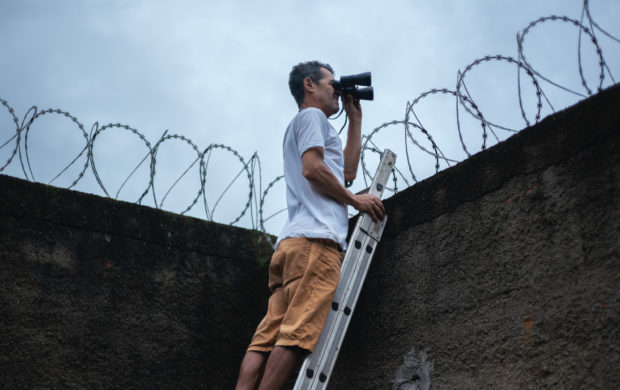
REJEITO
Pedro de Filippis
-

RIO ROJO
Guillermo Quintero
-

TARA
Francesca Bertin
Volker Sattel
-
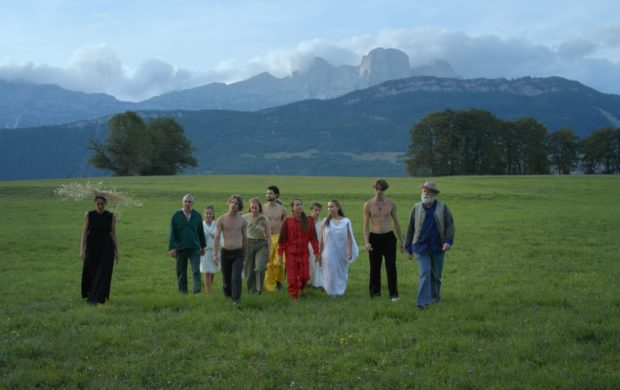
TES JAMBES NUES
Vladimir Léon
-
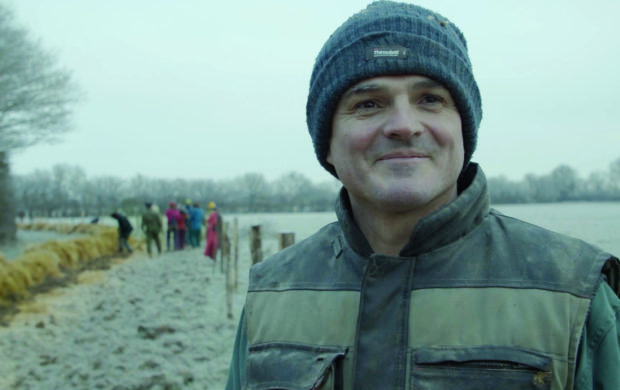
THERE WHERE THE GRASS IS GREENER
Coco Tassel
-
-
-
The World, differently / Franssou Prenant
-
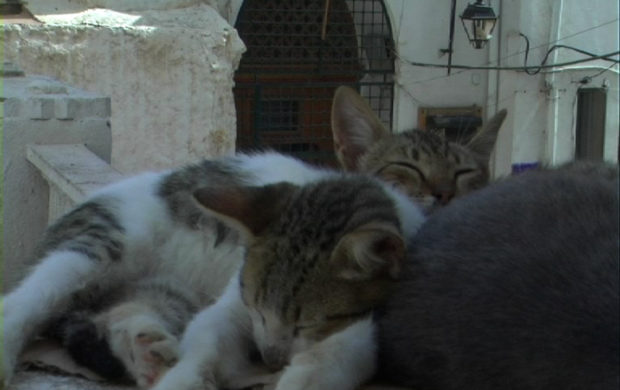
BIENVENUE À MADAGASCAR
Franssou Prenant
-
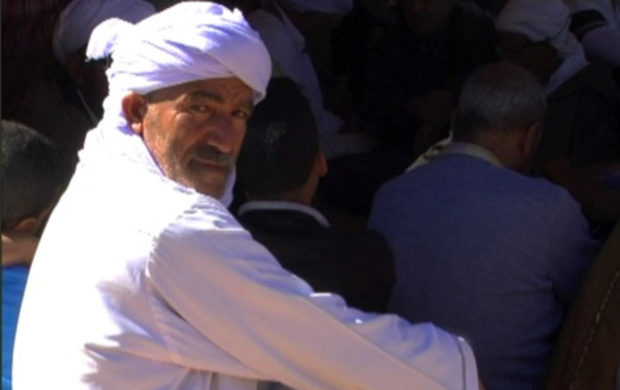
DE LA CONQUÊTE
Franssou Prenant
-

DISCUSSION WITH FRANSSOU PRENANT
-
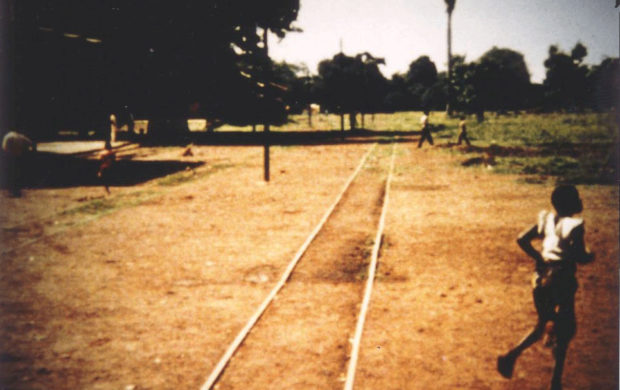
L’ESCALE DE GUINÉE
Franssou Prenant
-
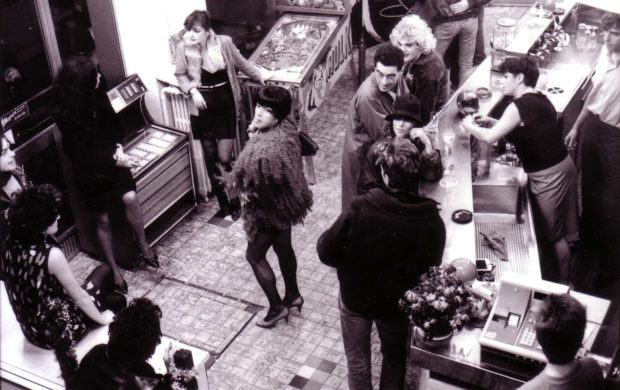
HABIBI
Franssou Prenant
-
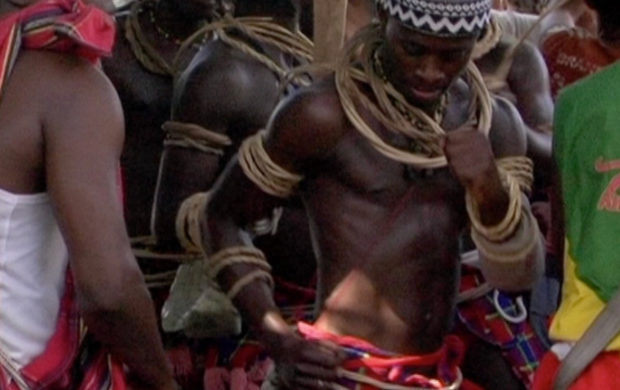
I AM TOO SEXY FOR MY BODY, FOR MY BO-ODY
Franssou Prenant
-
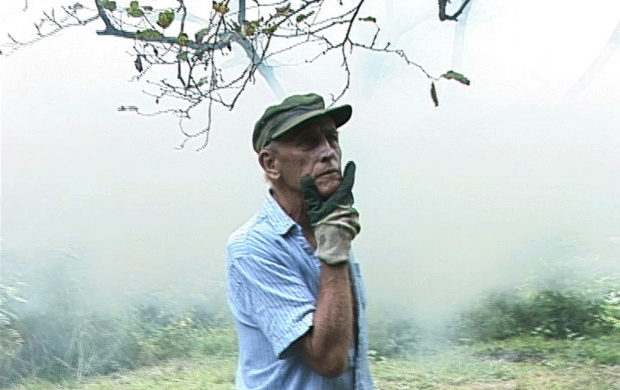
LE JEU DE L’OIE DU PROFESSEUR POILIBUS
Franssou Prenant
-
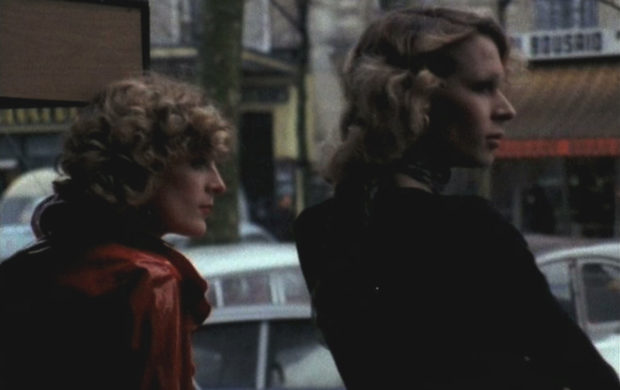
PARADIS PERDU
Franssou Prenant
-
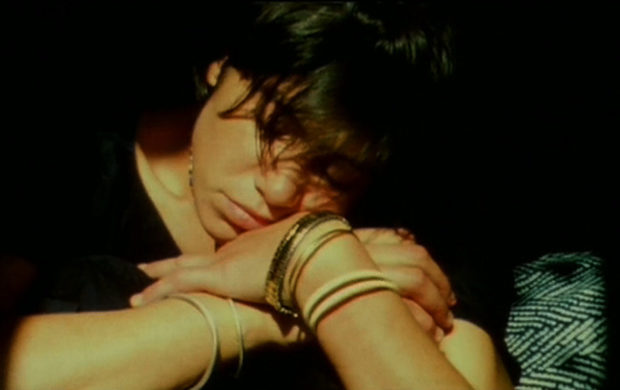
PARIS, MON PETIT CORPS EST BIEN LAS DE CE GRAND MONDE
Franssou Prenant
-

REVIENS ET PRENDS-MOI
Franssou Prenant
-
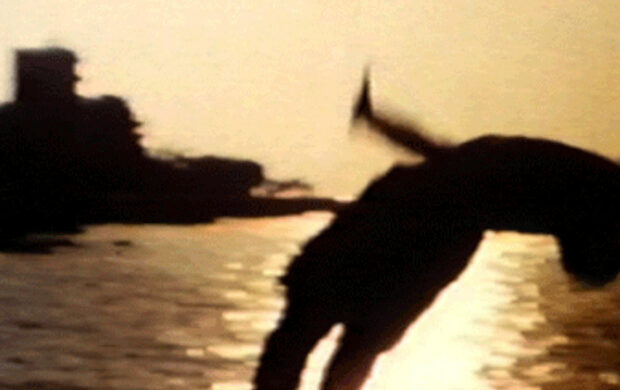
SOUS LE CIEL LUMINEUX DE SON PAYS NATAL
Franssou Prenant
-
-
-
The World, differently / Olivier Zabat
And comprehension is exactly what is being questioned: what do Mirek and Yves comprehend of the world, how do they experience it, both in their life and in this sober, attentive frame in which Zabat places, observes and listens to them at great length? What is comprehended by someone who is a mine clearance expert and whose gestures expose him every day to the possibility of nothingness (Miguel et les Mines, 1/3 des yeux)? What does someone who indeed never stops hearing, is weary of hearing, because he is a “voice-hearer” (Arguments), or someone whose sensitivity and belief have convinced him that he is surrounded by the murmurs of the dead (Fading)? Just as Yves was not an essay on autism, Arguments makes no attempt to document psychosis, and it is telling that the film was for a time titled Percepts. In fact, nothing interests Olivier Zabat’s films apart from envisaging this point of contact through which the character perceives the world, in the dull violence of a punch (we meet numerous boxers, wrestlers, fighers of all kinds) or on the fuzzy border of an invisible continent (ghosts, “voices”).
A few motifs, here and there, clearly point to the intensity of this point of contact. In Arguments, a limpid shot captures the reflection of a voice-hearer in his apartment window as he looks out and describes the outside world: the silhouette of the trees on the horizon, the illuminated ballet of cars at dusk and, then, as he slowly detaches his perception from the viewer’s, the sound of the voices that torment him and that he alone hears, the voices lying “below the surface”, as another protagonist suffering from the same ailment later remarks. In Yves, the admirable idea of using condensation as a screen in the very first scenes epitomises not only the mystery of the character’s blurred perception but also the haze that his disability lays over the viewer’s comprehension. And of course, the most telling – and literally surgical – image of all, in 1/3 des yeux: the structure of an eye – at the same time, a fragile membrane, an open window and a screen.
This constantly recurring screen is of course a nod to cinema itself and, given the films’ often enigmatic weft, it encourages purely conceptual readings. Yet, this would mean, if not going down the wrong path, at least missing the essential. Firstly, because Olivier Zabat’s films, driven above all by the attention they give to their protagonists, do not strictly speaking belong to “dispositif” cinema, nor do they try to dissipate their subjects’ mystery through formal experimentation. The misunderstanding here is fuelled by the unique place occupied by the filmmaker, whose films are, shamefully, rarely shown in film theatres but have more than once found their place in art galleries. Their fragmentary nature lends itself well to such venues, as stand-alone segments can be readily extracted. The key, however, lies in the continuity between these segments: just as the investigation is oriented towards the point of encounter between the protagonists and their environment, the effect produced by the films relies for the most part on these intentionally cryptic articulations which, without warning, switch from the words of a boxer to those of a jigsaw enthusiast (Miguel et les mines), from a conference on language to a boxing match (1/3 des yeux), from a church wedding to a clandestine motorbike race (Fading).
This modular aspect, more (1/3 des yeux) or less (Arguments) pronounced depending on the film, plays a key role in the very particular and rather paradoxical sensitivity of Zabat’s films. Here is a cinema clinging to reality in ways that are a little crude, a little akin to poor art, almost sullen, fascinated by abysses and strength, most often inclined to film men (especially the proletariat, men with big hands, swollen by factory work and boxing), but nonetheless strangely gentle, always loving, obsessed with the invisible, totally poetic – a contradiction that brings it close to the work of one filmmaker, Werner Herzog, whose influence Zabat readily affirms.
The poetry, here, hangs almost entirely on the editing. The unwarranted connections between these blocks of reality create discreet sparks, imperceptible short-circuits, which dig new underground galleries for comprehension. The sequences in Zabat’s films interact like drifting islands, or a cloud of atoms, inviting the viewer’s sensitivity to shape their arrangement. But, even though the viewers are required to participate, the editing confronting them still respects the rules of meticulous composition and shows a concern for balance, as attested by the filmmaker’s well-known habit of re-editing his films after their first screening – removing a block here, adding a sequence there – for instance, the opening wedding scene in Fading, which appeared in the editing in between its first screening at the Venice Film Festival and a second at Belfort Festival. The behaviour of an obsessive sculptor (or painter, why not: Bonnard would even come to touch up his paintings in the museums), exhaustively kneading his raw material in the search to find there the path of the invisible.
This path, always unpredictable, never clearly identified by its form, is the splendour of Zabat’s films, where an unexpected emotion akin to vertigo always surges up. It is startling that a film like Arguments manages to accompany the literally fantastic perception of the voice-hearers as far as it does, without the slightest aesthetic strong-handedness. To achieve this, all that was needed (but this simplicity is, of course, only apparent) was for the film to become wholly absorbed in the description the voice-hearers give of it, and even find there the rules for its mise en scène. For, here, cinema never appears as an extra touch of sensitivity: it is always the protagonists’ words that shape and dramatize the space.
Fading thus promises us an incomparable experience, drawing on a unique quality (the deeply moving trust and friendship binding the film to its characters) to find the necessary resources to join the ghosts on the other side of the bridge. Deep in the shadowy basements of a psychiatric hospital where the security guards Marco and Verlisier are doing their night rounds, the two young men are convinced they have detected a presence, some hostile spectre recognised in a vague brilliance or distant murmur. They ask Zabat to record the traces of these apparitions and, in return, the filmmaker invites them to re-enact in the same basements the terror of their discovery. Here the feverish and childlike belief of the two characters is met by a symmetrical act of faith from the film, which is determined to espouse their anxious perceptions and use them to reshape the experience in the mundane settings around which Marco and Verlisier, like storybook heroes, lead us. Fiction in a documentary in a fiction – no matter, just as it barely matters whether the viewers see or not the ghosts that terrify these two marvellous characters: in the incredible arrangement that the film offers them, they will have tracked reality into the chasms that few films are able to find the way to.
Jérôme Momcilovic
[1] The French term “entendement” denotes the faculty to understand the meaning of something; all of the intellectual faculties – intelligence, reason. In this text, the English translation “comprehension” is used. See the interview at http://www.elumiere.net/exclusivo_web/bafici11/bafici11_07.php
-
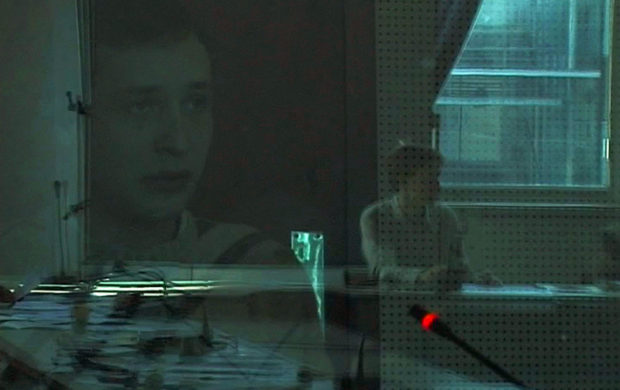
1/3 DES YEUX
Christophe Cognet
-

L'AGRESSION
Christophe Cognet
-
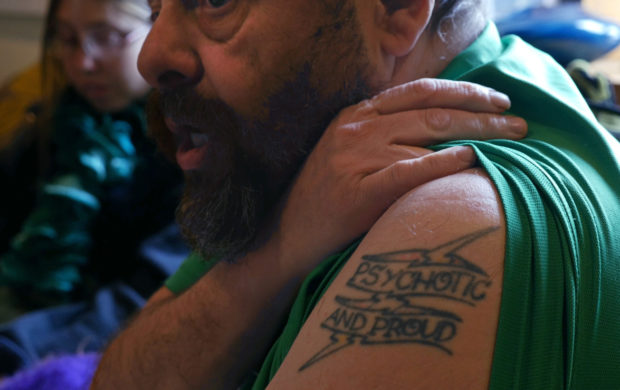
ARGUMENTS
Christophe Cognet
-
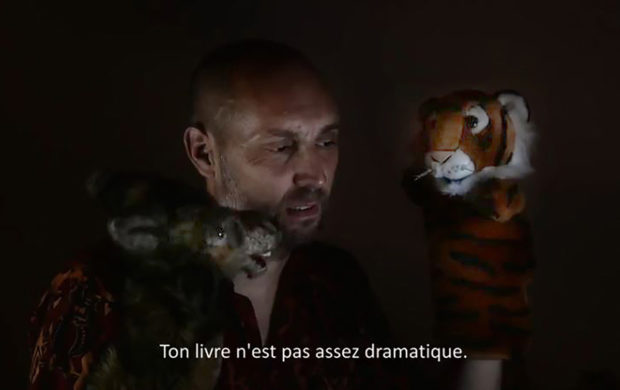
LE BRUIT
Christophe Cognet
-

CE QUE DIT MA MÈRE
Christophe Cognet
-
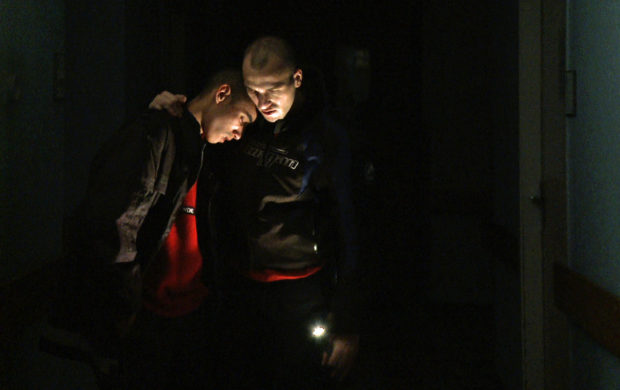
FADING
Christophe Cognet
-
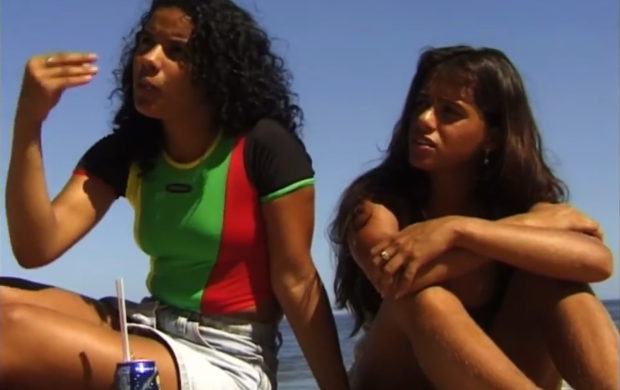
LA FEMME EST SENTIMENTALE
Christophe Cognet
-

KIDDING
Christophe Cognet
-
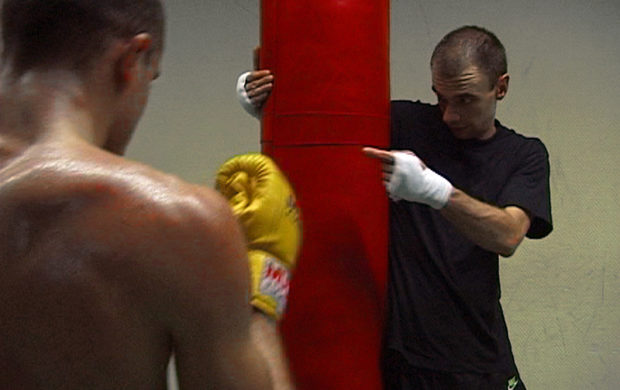
MIGUEL ET LES MINES
Christophe Cognet
-

MIGUEL ET LES MINES
Christophe Cognet
-
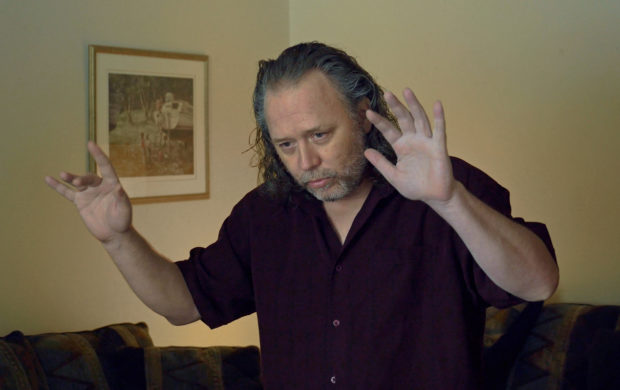
LES MOTS DE LA PLUIE
Christophe Cognet
-
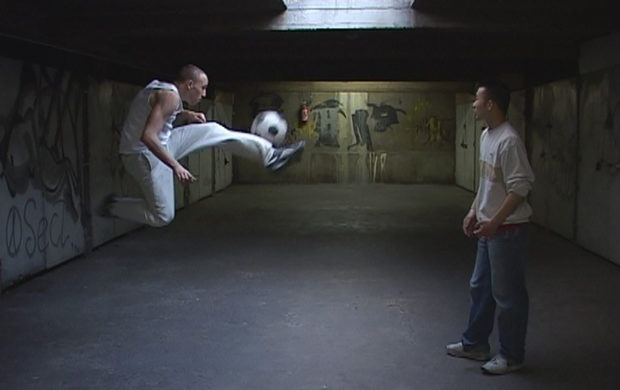
NE ME TOUCHE PAS
Christophe Cognet
-

OLIVIER ZABAT - DISCUSSION COLLAGES 1
-

OLIVIER ZABAT - DISCUSSION COLLAGES 2
-

OLIVIER ZABAT MASTERCLASS
-
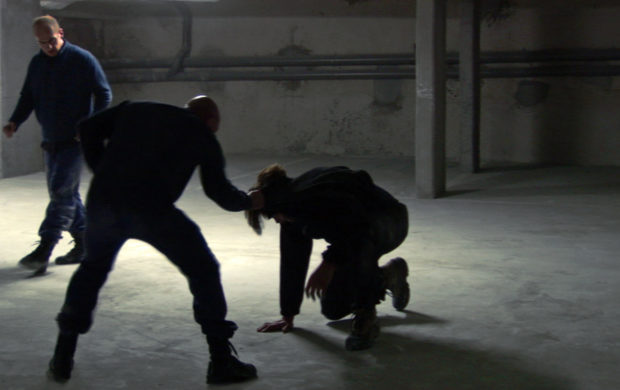
PERSPECTIVES DU SOUS-SOL
Christophe Cognet
-
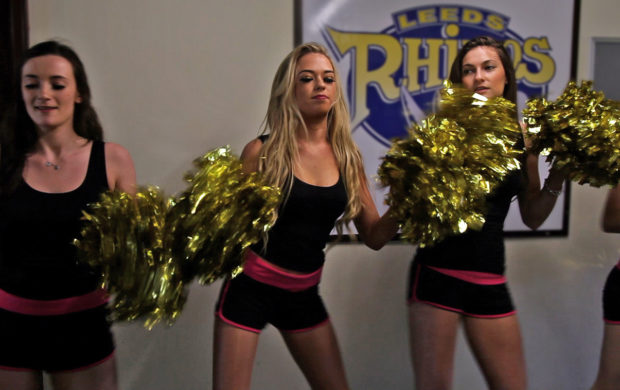
SILENT MINUTES
Christophe Cognet
-

YVES
Christophe Cognet
-
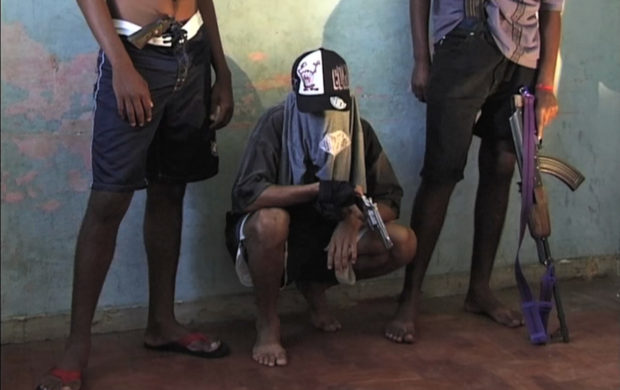
ZONA OESTE
Christophe Cognet
-
-
-
The World, differently / Jean-Pierre Gorin
In the wake of May ‘68, Jean-Pierre Gorin, an activist in the Marxist-Leninist Communist Youth movement, took up filmmaking rather than go into politics and teamed up with Jean-Luc Godard; together they created a collective – the Dziga Vertov Group – which aimed to “make political films politically”. The group stood out from the other political collectives proliferating at the time (Medvedkin Group, L’ARC, Cinélutte, etc.) on account of a cinematic practice that could be described more as essay film than militant cinema. In each film, the goal was to challenge cinema as a system and a narrative – and to make this challenge visible. For the Dziga Vertov Group, filmmaking is a secondary task but the main activity – a device that serves to develop a questioning.
Between 1969 and 1974, six films were made – and many unfinished projects launched. The best-known and last, Everything’s All Right, featuring Jane Fonda and Yves Montand, is signed Godard-Gorin and produced by the young producer Jean-Pierre Rassam.
Opposing the tyranny of the narrative, these films are enraged, radical, caustic and ultimately burlesque. Emblematically, it is Vladimir and Rosa – undoubtedly the most Maoist-slapstick comedy ever made – that Jean-Pierre Gorin has chosen to show today and about which he wrote in 2004: the juxtaposition of strident voices, the actors’ appalling “non-acting”, the “revolutionary” parodies, each more idiotic than the others, anticipate the best of punk and hip hop. In this film, where Gorin and Godard play the fool and where the subversive pleasure of comedy upends the taste for theory, it is farce that has a revolutionary virtue, in this grating attempt to turn the spectacle against the powers that be.This is the spirit in which Jean-Pierre Gorin invites us to revisit all the films made by the Dziga Vertov Group: These films have been seen by three people including two enthusiasts… A guided tour of the Dziga Vertov Group, the title of his conference is not simply a matter of coquetry. It highlights the confidentiality of the films’ distribution. Screened on the fringes of mainstream cinema, the films were rebuffed by leftist activists of all stripes, save a handful of aficionados mainly in the United States (cf. Jean Paul Fargier’s testimony in Cahiers du cinéma, October 2022). Rejected by both the film industry and most critics were scornful of the approach of the Group – who gave like for like. Rejected at times by Gorin and Godard themselves who admitted failure, but also the contradiction, the impasse even, in which their imperative to be both political and cinematic had led them. Receiving no or very little recognition, their mode of production itself deprived the films of any visibility: the television networks and distributors (Italian, German, American) that commissioned them, drawn merely by Godard’s name, refused to broadcast them after seeing the final result, while still holding on to the exploitation rights. Apart from Everything’s All Right, which was theatrically released, the films remained unseen at the time. Today, Gaumont holds their exploitation rights.
It was painter and film critic Manny Farber who invited Jean-Pierre Gorin to the United Stated in 1975 to teach film studies at San Diego University, where he currently lives.
Between 1978 and 1992 Jean Pierre Gorin made three films, usually referred to as his Californian trilogy.
These three films all experiment with the ways a community forms, each film being characterised mainly by its language: the language that Poto and Cabengo invent to communicate together, the coded language full of imagery used by the street gang in My Crasy Life, the specialist language spoken by the model-train devotees in Routine Pleasure… in each case, with the desire to join in, the characters’ desire, but above all the desire of Gorin himself. Join in with this duo of twins that he desperately tries to contain within his frame, join in with the Samoan street gang that he accompanies on vacation to Hawaii, join in with this club of elderly Americans who, every Tuesday in their hangar, have the whole of America spread out before their eyes.
Jean-Pierre Gorin the filmmaker is not fooled by the desire to join in with his double, Gorin the narrator. He watches him from a kindly yet mocking distance as his double tries to figure out how to exist in the filmic space. Each time, this space is one of encounters, a playground and childhood’s territory. At the very least, a possible place for a vacuum-like state shared with shared with the two twins who enjoy being the centre of attention, with the gangsters who once away from home drop their violent stance for a little light-heartedness, with these elderly children who play with electric trains and the great American saga.
In this vacuum-like state , the filmmaker also accepts that he doesn’t quite master his subject or rather plays at letting himself be overwhelmed by it… doubtless a way of pursuing the attempt to jam the staged machine, and a way of being there, of course, but being there differently, in a kind of detachment, the kind that prompted the Dziga Vertov Group to say: filmmaking is a secondary task, but the main activity.
Don’t we find in these American films the same ingenuousness that seeks to open eyes and show the world as the one we see in the films of the Dziga Vertov Group? In particular, the same belief and the same attachment to the origins of cinema, as shown by Gorin’s choice for his carte blanche. Two films alongside Poto and Cabengo: En rachâchant by Danièle Huillet and Jean-Marie Straub and Ozu’s I Was Born, But… and two films about the American myth: Griffith’s The Musketeers of Pig Alley (1912) and Hawk’s Ceiling Zero (1935). The myth that Routine Pleasures and My Crasy Life embodied perfectly.Catherine Bizern
-
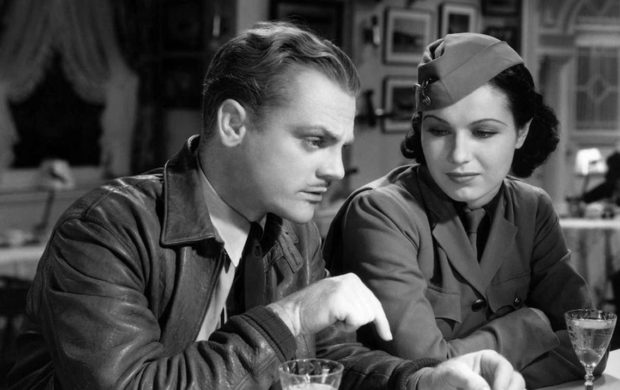
CEILING ZERO
Howard Hawks
-

EN RACHÂCHANT
Jean-Marie Straub
Danièle Huillet
-
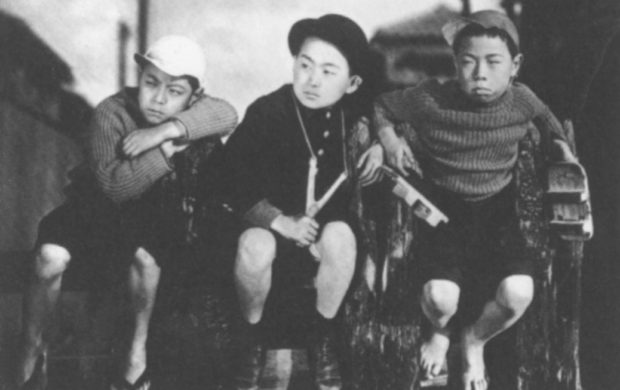
I WAS BORN, BUT...
Yasujiro Ozu
-
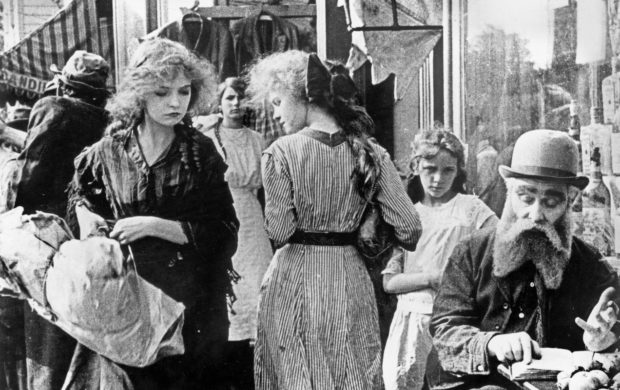
THE MUSKETEERS OF PIG ALLEY
David W. Griffith
-
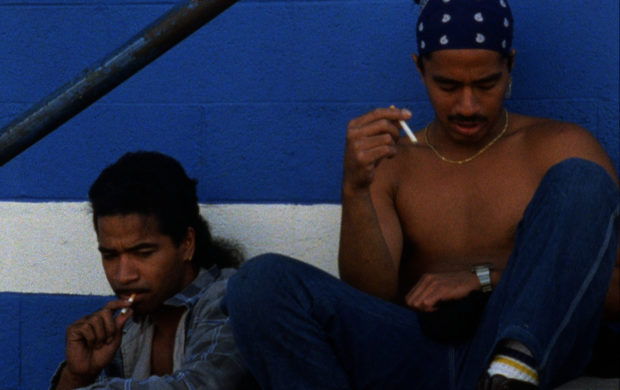
MY CRASY LIFE
Christophe Cognet
-
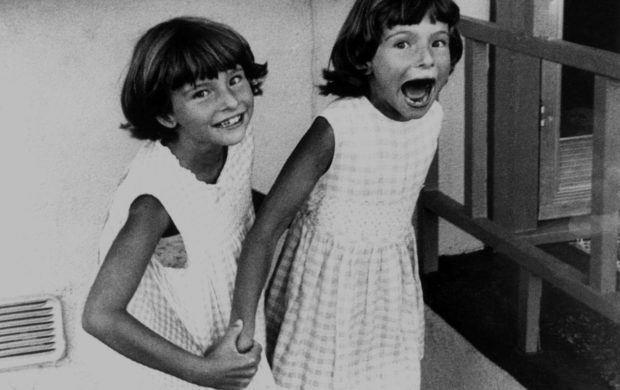
POTO AND CABENGO
Christophe Cognet
-
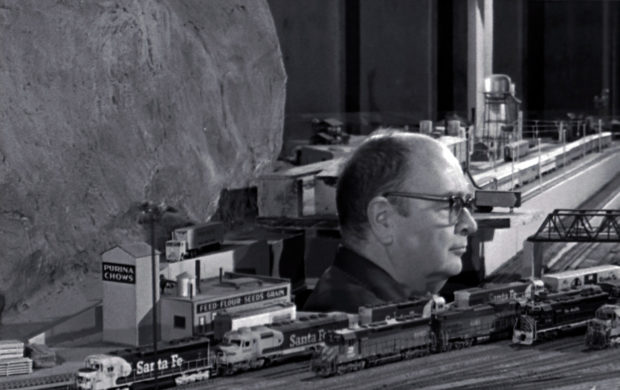
ROUTINE PLEASURES
Christophe Cognet
-
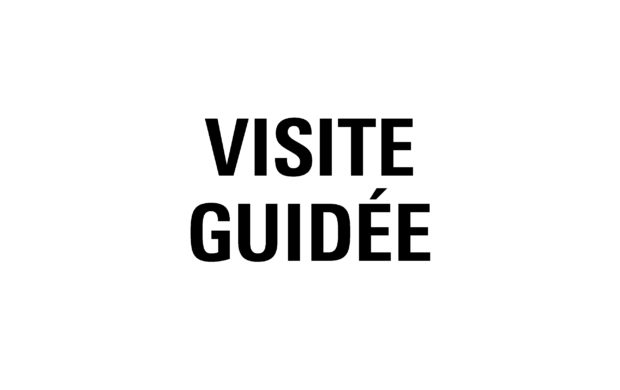
THESE FILMS WERE SEEN BY THREE PEOPLE, TWO OF WHOM WERE ENTHUSIASTS... A GUIDED TOUR OF THE DZIGA VERTOV GROUP
-

VLADIMIR ET ROSA
Groupe Dziga Vertov
-
-
-
The World, differently / 12 other perspectives
Antoine D’Agata
Pierre Creton
Amit Dutta
Gala Hernández López
Sharon Lockhart
Luis López Carrasco
Raya Martin
Ben Rivers and Ben Russell
Fern Silva
Total Refusal
Apichatpong Weerasethakul -
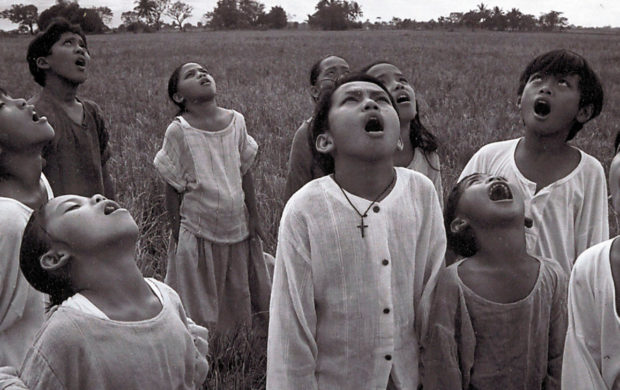
A SHORT FILM ABOUT THE INDIO NACIONAL
Raya Martin
-
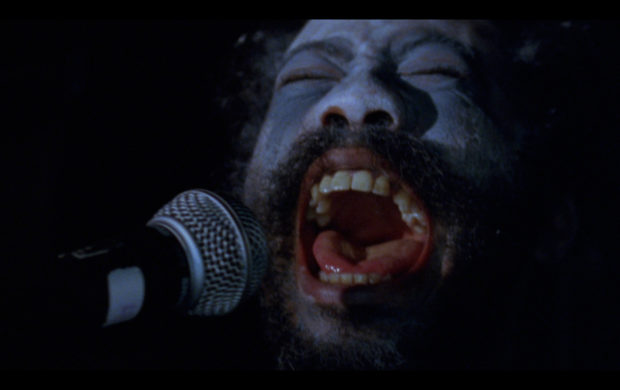
A SPELL TO WARD OFF THE DARKNESS
Ben Rivers
Ben Russell
-

ATLAS
Antoine d'Agata
-
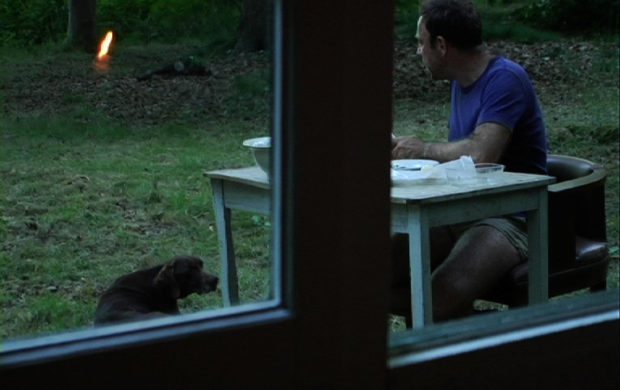
LA CABANE DE DIEU
Pierre Creton
-

THE FUTURE
Luis López Carrasco
-
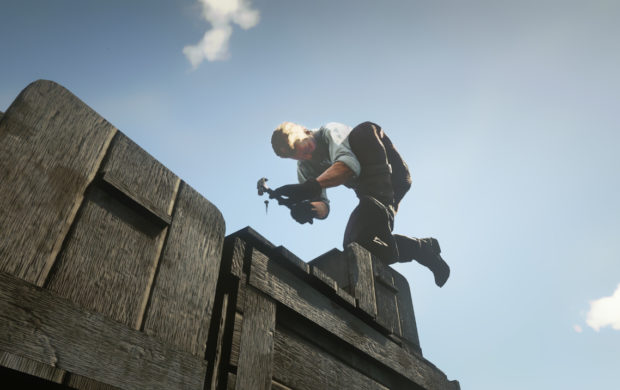
HARDLY WORKING
Total Refusal
-

LE HORLA
Pierre Creton
-
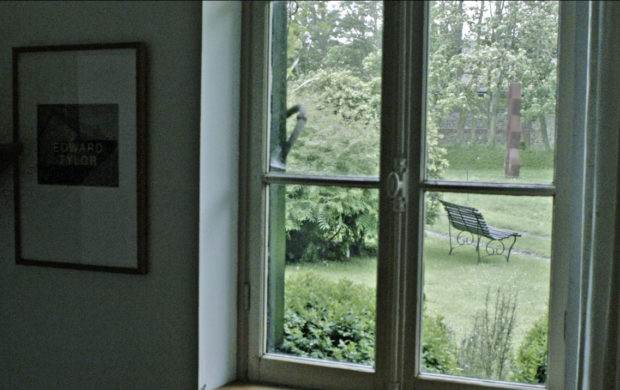
HOUSE OF LOVE
Pierre Creton
-
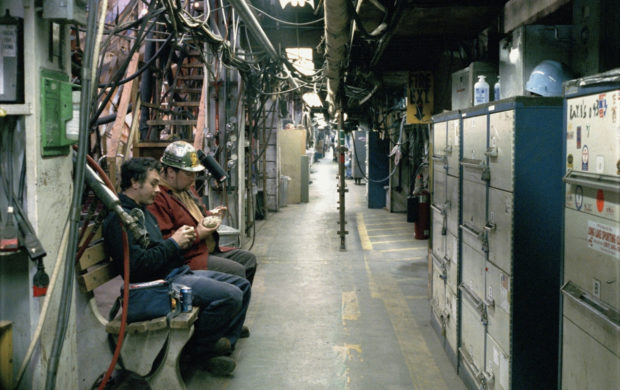
LUNCH BREAK
Sharon Lockhart
-
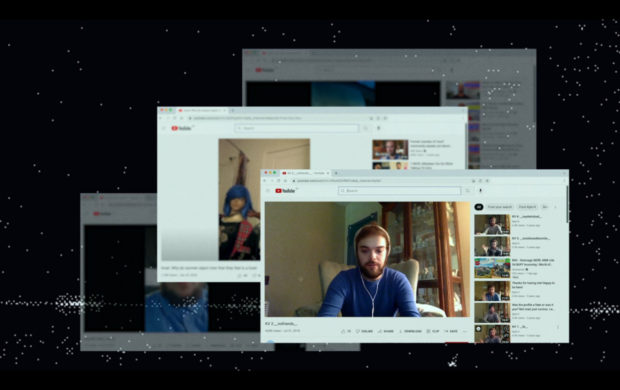
THE MECANICS OF FLUIDS
Gala Hernández López
-
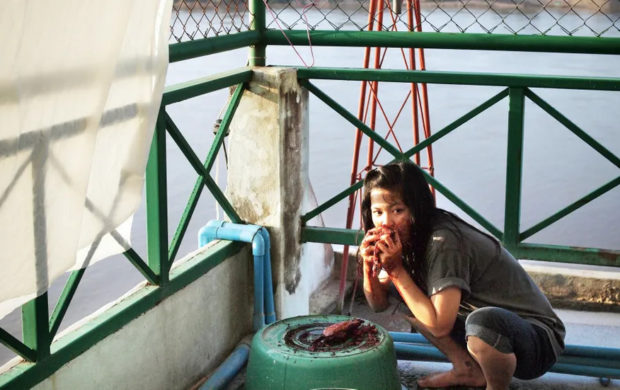
MEKONG HOTEL
Apichatpong Weerasethakul
-
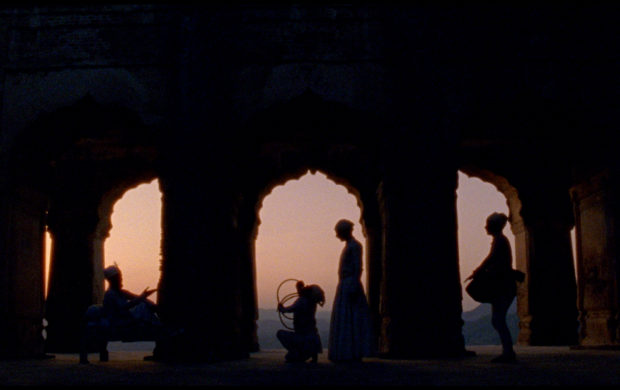
NAINSUKH
Amit Dutta
-
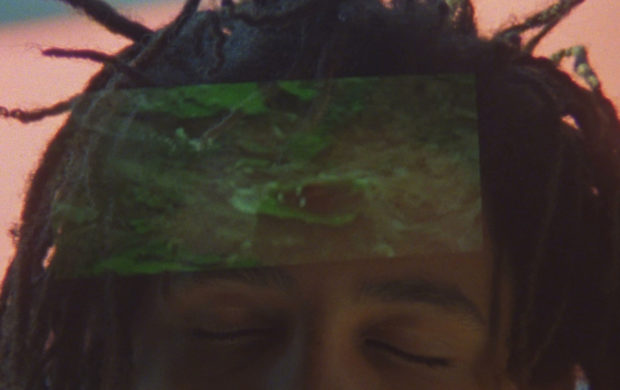
RIDE LIKE LIGHTNING, CRASH LIKE THUNDER
Fern Silva
-

ROCK BOTTOM RISER
Fern Silva
-
-
-
Varan Vietnam Adventure / Introduction
-
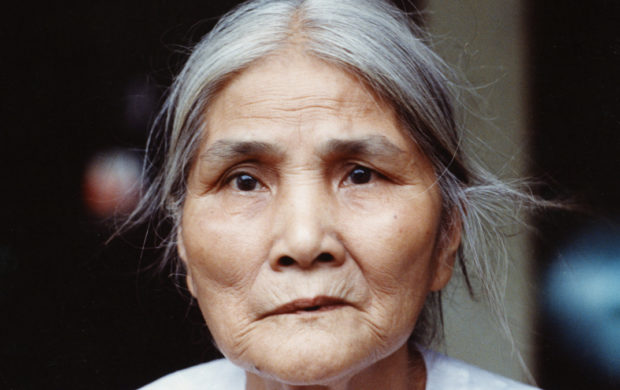
STARTING PLACE
Robert Kramer
-
-
-
Varan Vietnam Adventure / Varan Vietnam Student Films
Thanks to Ateliers Varan, film students and filmmakers – some of whom were working and continue to work for public television – were introduced to Direct Cinema and synchronous sound. Using digital cameras, they have documented the swift changes undergone by Vietnamese society as it embraces capitalism, giving voice to marginalized individuals, populations and ethnic groups.
Training programmes in Hanoï (2004, 2006, 2009, 2014)
Training programme in Hô Chi Min city (2005)
Training programmes in Da Nang (2010, 2011)
Training programmes on the Mékong (2020) -
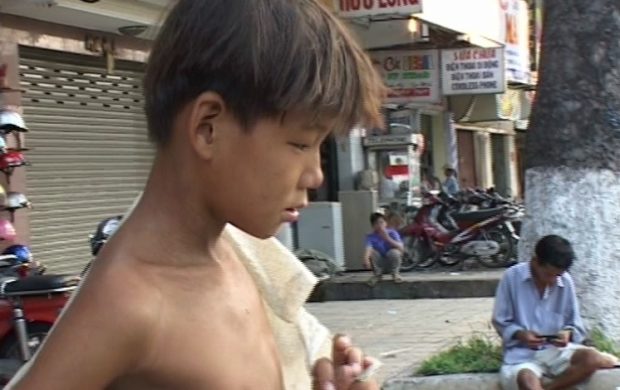
BỤI
NGUYỄN Thị Thùy Quyên
-

CHIẾC CHIẾU CỦA BÀ BỨA
DƯƠNG Mộng Thu
-
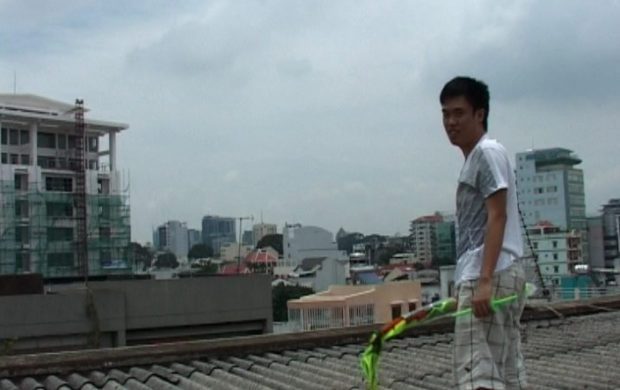
CHUNG CƯ CỦA TÔI
TRỊNH ĐÌNH Lê Minh
-
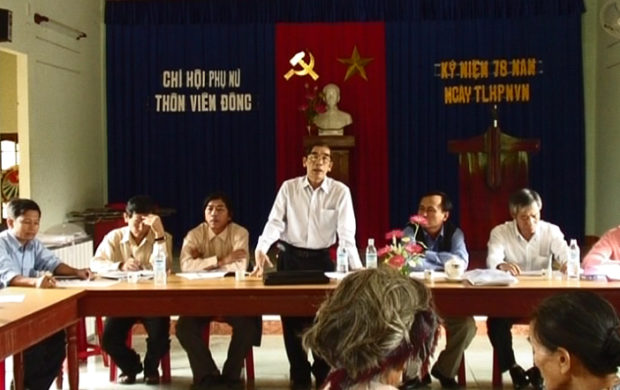
ĐẤT ĐAI THUỘC VỀ AI
Christophe Cognet
-
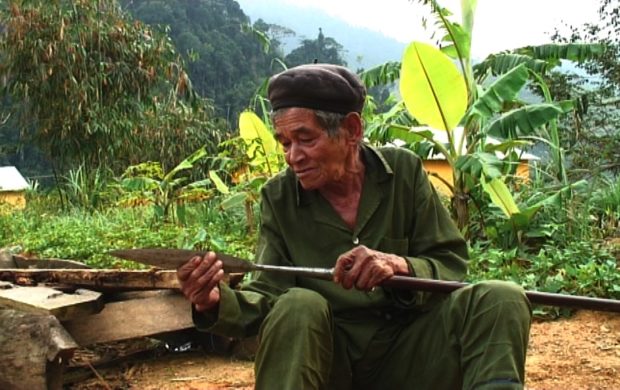
GẦN MÀ XA - KHU RỪNG CỦA TỔ TIÊN
Christophe Cognet
-

GIẤC MƠ LÀ CÔNG NHÂN
Christophe Cognet
-

GIỮA DÒNG PHÙ SA
NGUYỄN Ngọc Thảo Ly
-
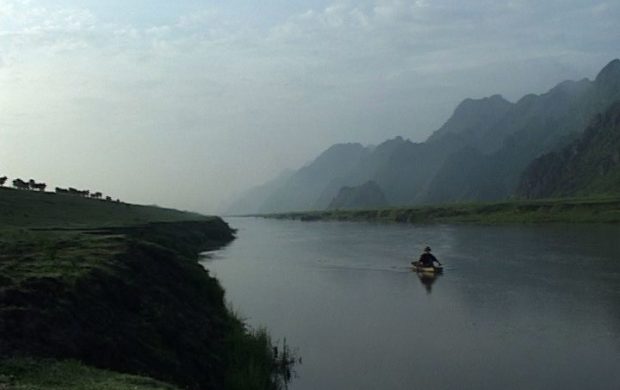
HAI ÔNG CHÁU
Christophe Cognet
-
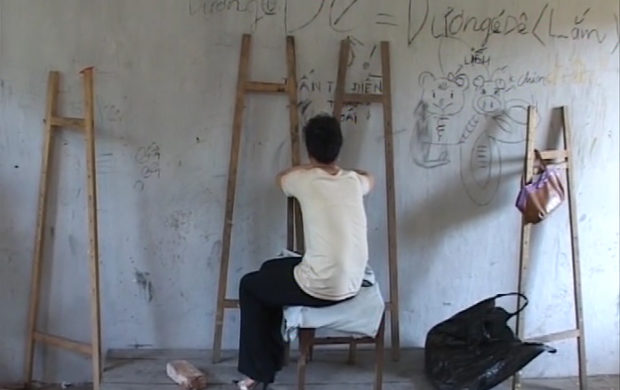
HIỀN BẠN TÔI
Y Zell Bya
-

KẺ TẬP SỰ
PHẠM Thị Hảo
-

LÂM VÀ CÂY GẬY THẦN
NGÔ Lê Quỳnh
-
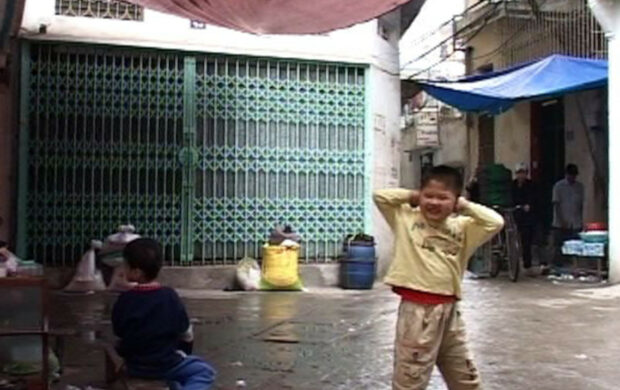
Ở PHƯỜNG THÀNH CÔNG CÓ LÀNG THÀNH CÔNG
PHAN Thị Vàng Anh
-

NGƯỜI ĐƯA LINH
Christophe Cognet
-

TRĂNG TRÊN LÒ GẠCH
Christophe Cognet
-

TỔ ẤM
PHAN Huỳnh Trang
-

XUÔI DÒNG SÔNG HẬU
TRẦN Nhàn
-
-
-
Varan Vietnam Adventure / Varan Vietnam Productions
In 2012, a handful of participants created their own production company, soon followed by their own training programme, Varan Vietnam, in 2016. Several films were born out of this experience and enjoyed screenings in numerous festivals, including HÀ LỆ Diễm’s Children of the Mist, which took home the Clarens Prize for Humanist Documentary Filmmaking during the 2022 edition of Cinéma du Réel.
-
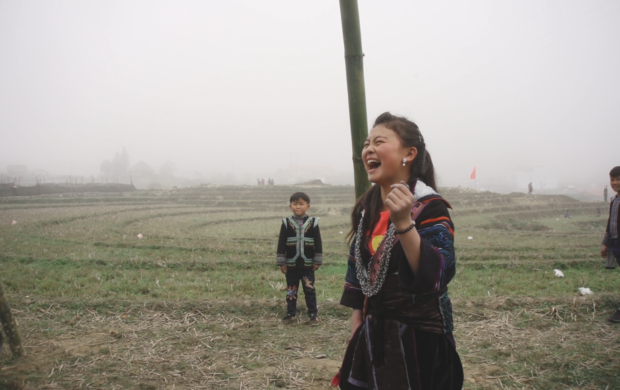
CHILDREN OF THE MIST
Ha Le Diem
-

THE LAST JOURNEY OF MADAME PHUNG
Christophe Cognet
-

FINDING PHONG
Christophe Cognet
Swann Dubus
-

POMELO
Christophe Cognet
Swann Dubus
-
-
-
Festival conversations
In partnership with the doctoral programme SACRe-PSL
The Event
What happens to us – what moves us.
“There is nothing to tell events apart from other moments: they reveal themselves down the road, through their scars.” This paraphrase from Chris Marker’s La Jetée provides a good starting point for those considering one of the first paradoxes of the event: its muddled timeline. Whether we consider the hyper present conveyed by the media or historical duration, the event stands out as a time anomaly, a snag in the continuum of history, and redefines the past and the future in the light of the present. Can we make sense of the event in hindsight, based on the traces and the wounds it leaves behind? Or can its story be told in the present? Such a telling raises the question of how we break down reality: Where do we start? Where do we stop?
A second paradox is the advent of the event. Marker’s statement suggests that events are apparently no different from ordinary moments, in line with the philosophy of Gilles Deleuze. To quote Deleuze: “The event is not what occurs (an accident); it is rather, inside what occurs, the purely expressed. It signals and awaits us.” As such, the event does not belong to the realm of facts, but to the realm of becoming: it is less of an epiphany or a breaking point and more of a folding over and a remapping of the senses. Instead of drawing a line between types of events, big or small, extraordinary or mundane, we should perhaps separate what happens to us from what moves us, drawing a line between reality’s violent intrusion into the course of our existence on the one hand, and the remapping of memory and possibility by new principles of intelligibility on the other.
Third paradox: the event appears obvious and is a fracturing of meaning, it seizes us and escapes us at the same time. How can we represent it without falsifying it? How can we account for it without commemorating it? Documentary practices roll out a variety of tools and questions to make sense of the event, drawing on investigative and narrative processes, immersion and re-enactment. How do artists and researchers interpret the event? How do they recognize it? How do they give it new meaning and legibility? Moreover, how does the documentary form bring forth a mode of eventness unto itself, redefining our experience of common sense and challenging the order of things through a logic of disorder?
These are some of the considerations that will be discussed during the fourth edition of Festival Conversations.
Alice Leroy
-
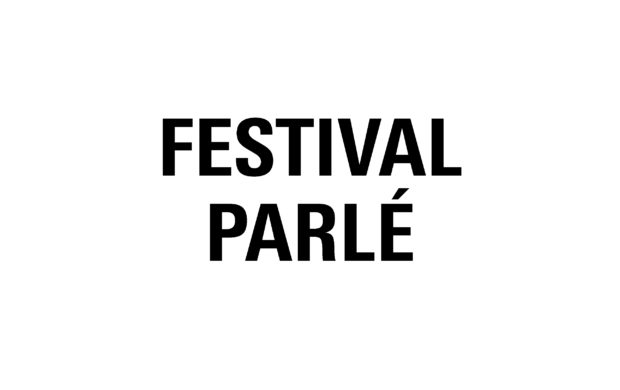
WHAT HAPPENS TO US
-

WHAT MOVES US
-
